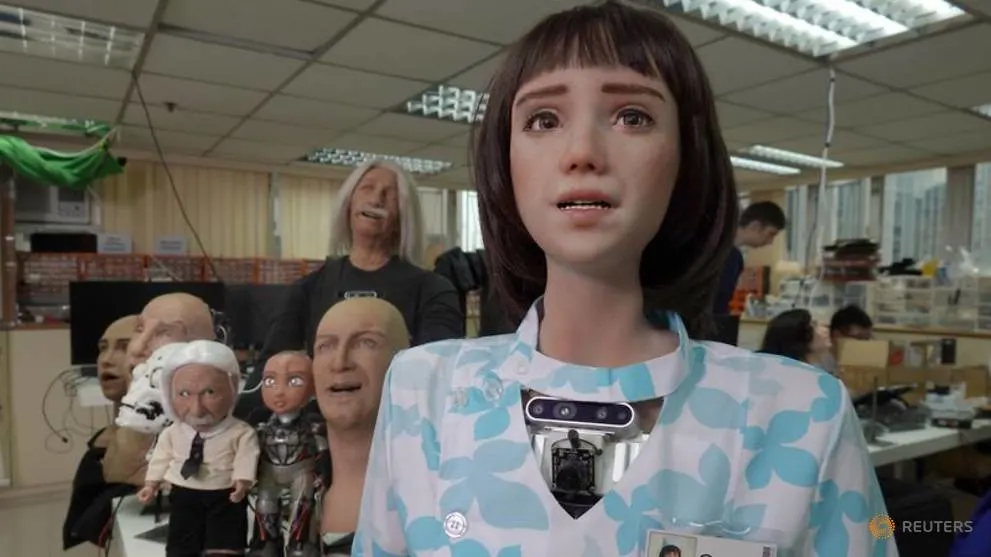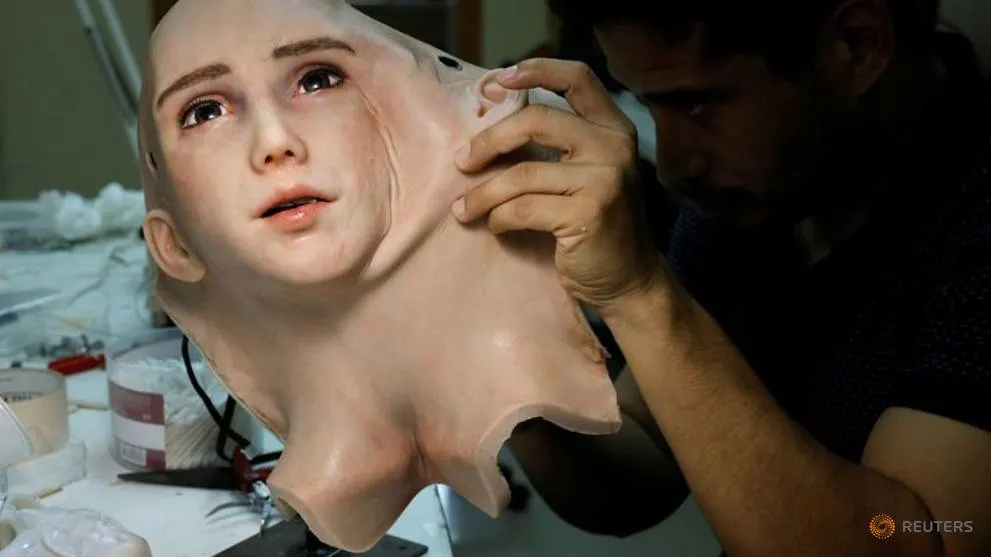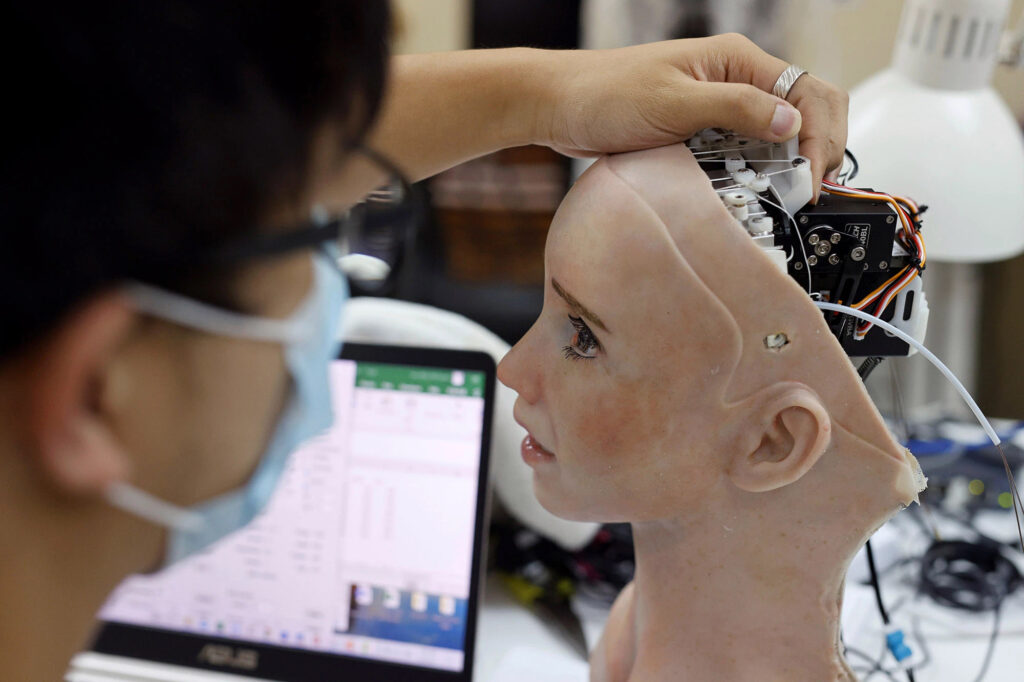Grace, the New Healthcare Robot for Deployment in 2022

The pandemic nearly crippled the world. But at the same time, it propelled the development of several medicines, vaccines, tools, software programs, innovative products, including robots, to help people and industries.
Despite more and more people receiving the vaccine around the world, people are still encouraged to follow basic health protocols. Social distancing is still an effective way to prevent virus transmission. Likewise, everyone should still do frequent hand washing with soap and water, use hand sanitizer or alcohol and wear face masks.
Vulnerable healthcare workers
Healthcare workers are still vulnerable, despite wearing the recommended PPEs because they have to care for several patients with mild or severe cases of Covid-19 during their shifts. They get tired as they’re humans, after all. When they feel exhausted, their immune system weakens, which may lead to them getting infected. There could be other factors, like inadequate PPE use, which lead to the increasing rate of infection in healthcare workers.
Development of healthcare robots
Robots for healthcare are not new, and they come in different forms, sizes, and shapes. There are several robots in the medical field, used for different applications. Some hospitals use the daVinci surgical system, which is robot-assisted surgery. There are endoscopy bots, exoskeletons, micro-robot, disinfecting robots, clinical training robots, companion bots, AI epidemiology, antibacterial nanorobots, and robotic nurses.
Robotic nurses can monitor the condition of a patient, take vital sign measurements, and even fill out digital paperwork. The new versions can take care of some of the nurses’ menial tasks such as drawing blood and moving gurneys and carts. They allow the nurses to rest, while they take care of the patients.
Speaking of robotic nurses, Japan has Robear, an experimental robot nurse that can gently lift a patient. Its technical name is RIBA (Robot for Interactive Body Assistance). It was intentionally designed to look like a cute blue and white teddy bear to make the robot look non-threatening and put patients at ease. The robot’s body is covered with soft, cushiony material.

Meet Grace, a humanoid nurse
Healthcare workers, specifically nurses, become overworked because of the continuing rise in Covid-19 cases. They have very little time to rest and take care of themselves.
Taking a cue from the lack of healthcare frontliners, the Hong Kong team of Hanson Robotics, the same team behind Sophia, the social humanoid robot that was activated on February 14, 2016, created Grace.
Grace, a new humanoid robot, is purportedly Sophia’s sister. Grace is created specifically for the healthcare market. It is designed to interact with elderly patients and those who are isolated because of Covid-19.
Grace is a humanoid nurse, dressed in a blue uniform. It has Asian features, brown hair that reaches down to its uniform’s collar. It is equipped with a thermal camera installed on the chest to take patients’ temperature. The camera also helps Grace measure the responsiveness of the patient.
The AI-assisted humanoid can diagnose a patient. The prototype speaks Cantonese, Mandarin, and English. When “interviewed,” Grace told reporters that she can help other healthcare providers, do talk therapy, and visit patients to brighten their day using social stimulation. She can take bio readings, assist healthcare professionals in delivering treatments, guide patients through their exercises, and entertain them.

Gaining patient’s trust and acceptance
According to David Hanson, the founder of Hanson Robotics, they designed Grace to resemble a healthcare professional to relieve the frontliners’ who are overwhelmed by the burden brought about by the pandemic.
The human-like appearance helps Grace to quickly gain the trust and acceptance of patients. It is easier to build natural engagement during face-to-face interactions when the robot assistant looks human.
Hanson further explains that Grace can simulate the action of over 48 major facial muscles.
New robotics venture
Grace is the flagship of Awakening Health, a joint venture between Hanson Robotics and Singularity Studio of SingularityNET, and other partners from the business and medical sectors. David Lake, the chief executive of Awakening Health said that by August 2021, they will start to mass-produce a beta version of Grace. They plan to deploy the humanoid nurse next year in mainland China, Hong Kong, South Korea, and Japan.
It is an expensive venture, according to Hanson. The cost of making the robots is close to the price of a luxury car. But Hanson added that the cost will decrease the company starts manufacturing thousands of humanoid nurses.
It’s a known fact that robots cannot be a full substitute for human contact. But in the context of staffing shortage and safety issues, they can fill the needs of the healthcare industry. With the various features and capabilities, the creators can add to Grace, the humanoid nurse can provide emotion and basic social support while addressing the issue of healthcare workers’ continuing exposure to health risks.